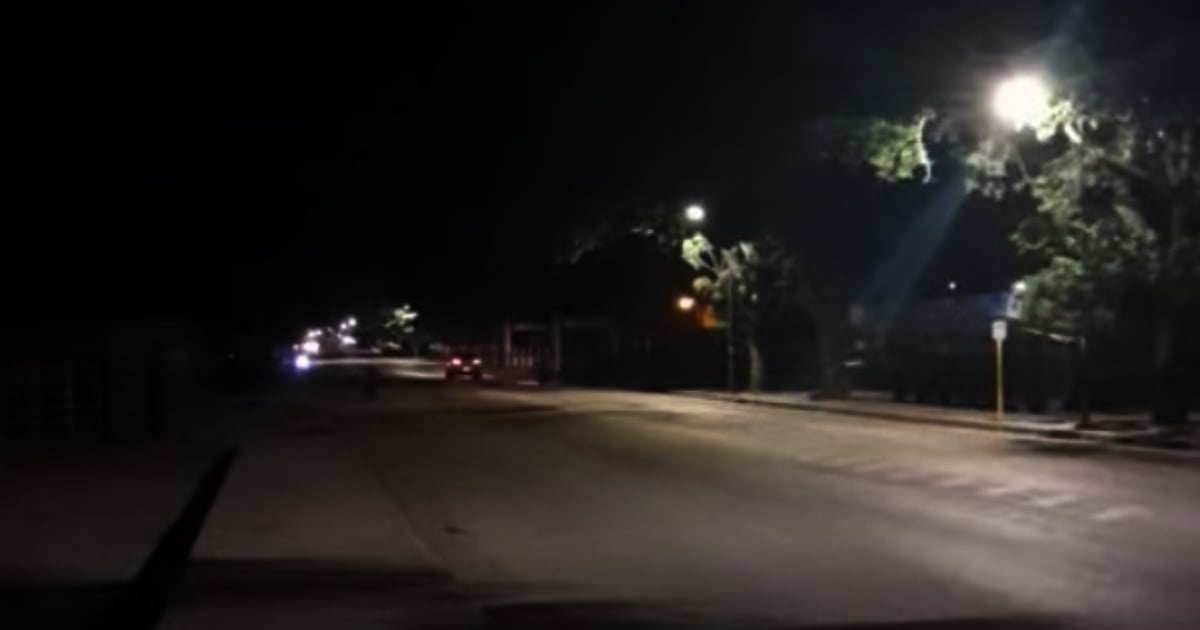On Sunday, Cubans are enduring yet another series of power outages as the island grapples with a significant generation shortfall exceeding 1,100 MW. This comes after a Saturday filled with electricity interruptions lasting 16 hours. According to a report from the Electric Union, the previous day saw disruptions from 6:40 am until 10:42 pm, peaking at 1,245 MW around 6:20 pm, predominantly affecting the central-eastern region. This figure surpassed the experts' forecast of 1,060 MW.
By Sunday morning, high power transfers to this area initiated further disruptions starting at 6:51 am. By 7:00 am, 100 MW were already impacted in that section of the country. During peak hours, it is anticipated that 1,966 MW will be available against a maximum demand of 3,000 MW, leading to an expected deficit of 1,104 MW.
Compounding the crisis, two units from the Felton and Santa Cruz thermoelectric plants are currently out of operation. Additionally, three more units from the Santa Cruz, Cienfuegos, and Renté plants are undergoing maintenance. The thermal generation limitations amount to 366 MW, with an unspecified number of distributed generation plants offline due to fuel shortages, amounting to an additional loss of 302 MW in capacity.
Understanding Cuba's Power Crisis
What is causing the power outages in Cuba?
The power outages are primarily due to a significant deficit in electricity generation capacity, exceeding 1,100 MW. This is worsened by plant breakdowns, maintenance issues, and fuel shortages.
Which areas in Cuba are most affected by the power outages?
The central-eastern region of Cuba has been most heavily impacted by the recent power outages, experiencing significant disruptions.
How do current power demands compare to supply in Cuba?
During peak hours, the demand is anticipated to be 3,000 MW, but the available supply is only 1,966 MW, leading to a substantial deficit of 1,104 MW.
